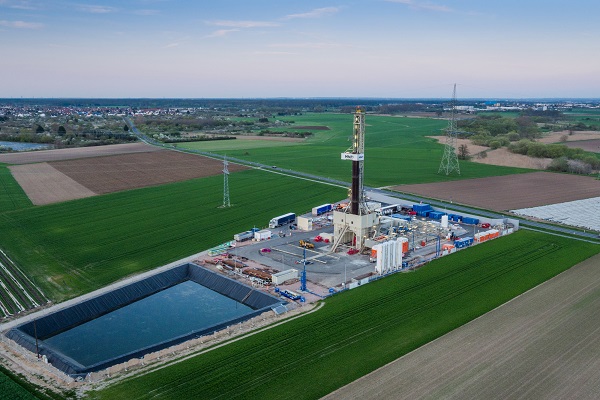1. Fundamentals of thermodynamics of solids; systems, components, phases; states of thermodynamic systems; Gibbs phase law.
2. Internal structure of solids, crystal structure failures.
3. One-component systems; solid state solidification, critical nucleation size (stable, unstable nucleation), homogeneous vs. solid state heterogeneous nucleation; solid state phase transformations.
4. Two-component systems and their equilibrium diagrams, basic types - system with unlimited solid solubility, system with eutectic, peritectic reaction; system with eutectoid reaction.
5. More complex two-component systems with solid state phase transformations and intermediate phases.
6. Iron-carbon system (Fe-C); metastable, stable diagram; basic types of reactions; phase description of the metastable diagram.
7. Basic structures in metastable Fe-C system; calculations of phase and structure composition in metastable Fe-C system.
8. Stable Fe-C system, differences from metastable system; graphitic cast iron, classification, basic characteristics.
9. Phase transformations of austenite upon cooling - diffusion and partially diffusion transformations, basic characteristics of ferrite, pearlite, bainite.
10. Phase transformations of austenite upon cooling - diffusionless transformations; basic characteristics of martensite.
11. Basic types of failure of technical materials - ductile, brittle failure. Methods of assessing the resistance of materials to brittle failure. Defects in materials - crack growth mechanisms, critical crack size; Griffith criterion, Griffith-Orowan criterion. Fracture toughness.
12. Basic mechanisms of degradation of materials in the oil industry - hydrogen embrittlement, sulphide stress cracking.
13. Mechanisms of hydrogen embrittlement, hydrogen traps, diffusion of hydrogen in materials, influence of basic factors on hydrogen embrittlement.
14. Methods of testing the resistance of materials to hydrogen embrittlement.
2. Internal structure of solids, crystal structure failures.
3. One-component systems; solid state solidification, critical nucleation size (stable, unstable nucleation), homogeneous vs. solid state heterogeneous nucleation; solid state phase transformations.
4. Two-component systems and their equilibrium diagrams, basic types - system with unlimited solid solubility, system with eutectic, peritectic reaction; system with eutectoid reaction.
5. More complex two-component systems with solid state phase transformations and intermediate phases.
6. Iron-carbon system (Fe-C); metastable, stable diagram; basic types of reactions; phase description of the metastable diagram.
7. Basic structures in metastable Fe-C system; calculations of phase and structure composition in metastable Fe-C system.
8. Stable Fe-C system, differences from metastable system; graphitic cast iron, classification, basic characteristics.
9. Phase transformations of austenite upon cooling - diffusion and partially diffusion transformations, basic characteristics of ferrite, pearlite, bainite.
10. Phase transformations of austenite upon cooling - diffusionless transformations; basic characteristics of martensite.
11. Basic types of failure of technical materials - ductile, brittle failure. Methods of assessing the resistance of materials to brittle failure. Defects in materials - crack growth mechanisms, critical crack size; Griffith criterion, Griffith-Orowan criterion. Fracture toughness.
12. Basic mechanisms of degradation of materials in the oil industry - hydrogen embrittlement, sulphide stress cracking.
13. Mechanisms of hydrogen embrittlement, hydrogen traps, diffusion of hydrogen in materials, influence of basic factors on hydrogen embrittlement.
14. Methods of testing the resistance of materials to hydrogen embrittlement.
